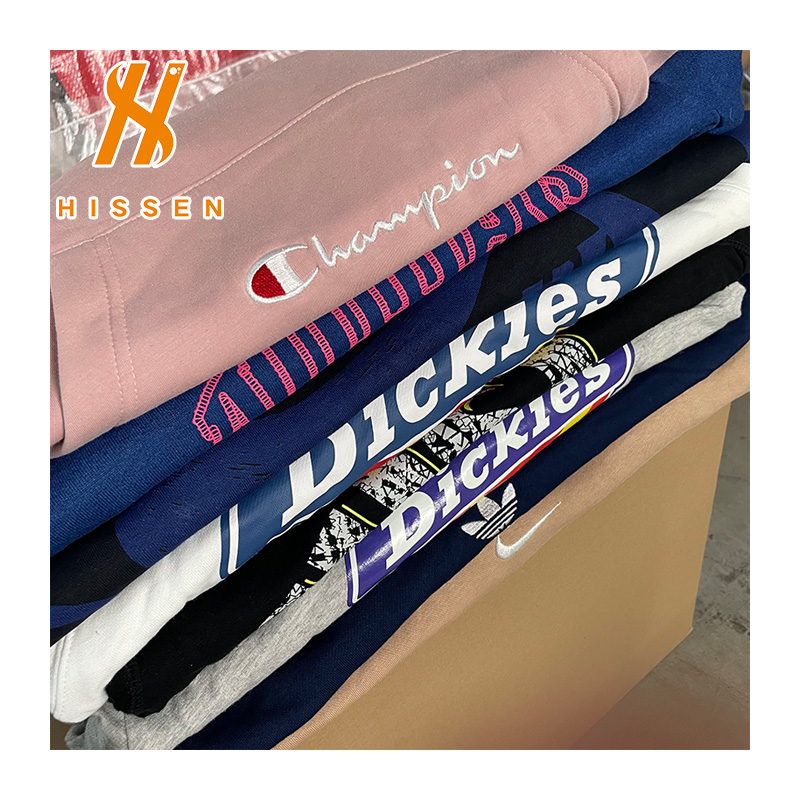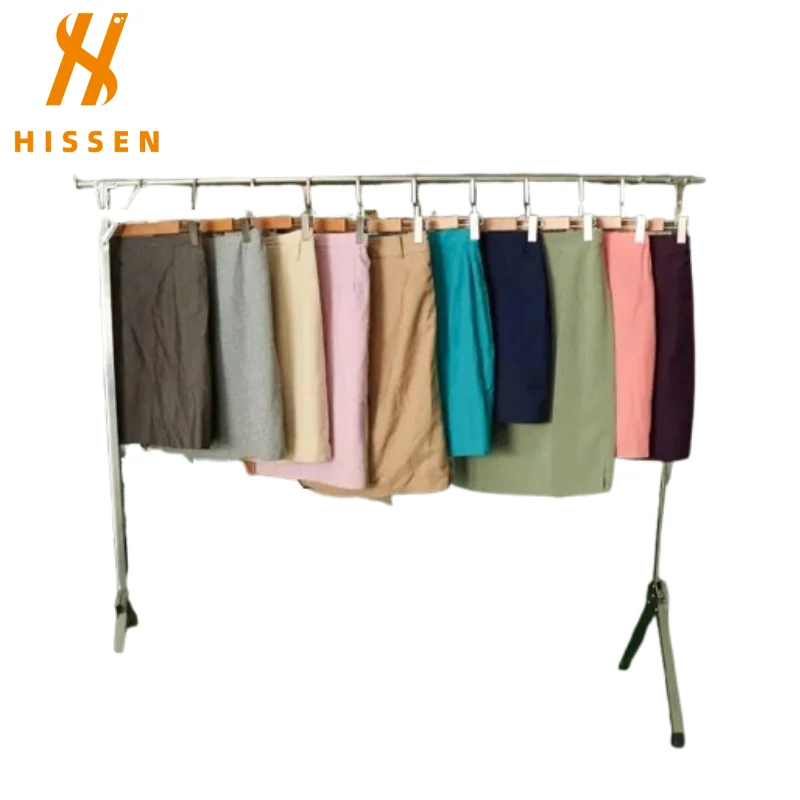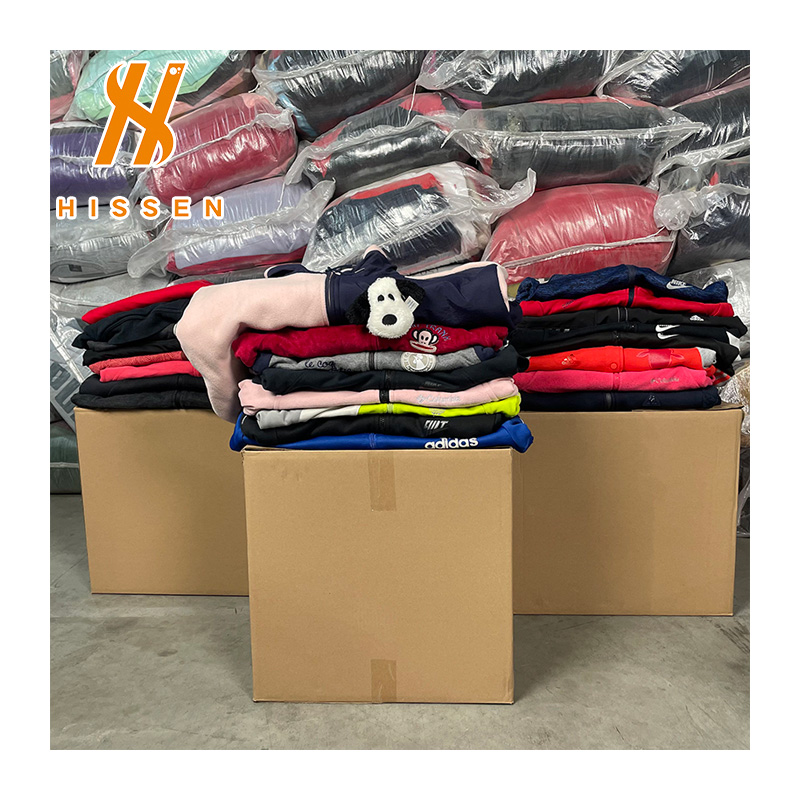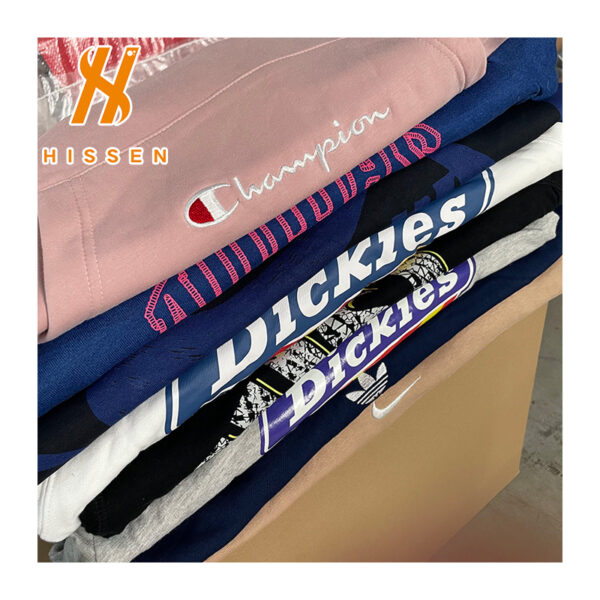The demand for reusable apparel has been growing worldwide, driven by sustainability goals and margin-driven purchasing decisions in the retail and wholesale sectors. For global sourcing managers, distributors, and bulk buyers, wholesale used clothes represent a profitable opportunity and a consistent supply chain choice. Understanding this market is the first step toward building an efficient sourcing strategy in the USA.
I. What Are Wholesale Used Clothes?
Wholesale used clothes refer to second-hand apparel collected, sorted, graded, and resold in bulk to retailers, resellers, and distributors. These goods mostly originate from donations, consignment programs, and business liquidation channels. Instead of ending up in landfills, the items are reintroduced into the marketplace, contributing to sustainable commerce.
This category includes multiple product types: men’s and women’s apparel, children’s wear, seasonal garments, and accessories. Some buyers also refer to these items using different terms depending on regional business language. In many markets, wholesale collections are also described as pre owned clothes because they still hold value and resale potential.

II. Why the USA Is a Major Source for Wholesale Used Clothes
The USA is considered a strong sourcing region for used apparel due to consistent supply flow and diverse clothing categories. Large consumer markets generate a steady influx of garments, enabling wholesalers to maintain stable stock turnover. Bulk buyers appreciate the predictability of supply and broad assortment within each shipment.
III. How the Wholesale Used Clothes Supply Chain Operates
Understanding the sourcing structure helps B2B buyers evaluate suppliers more effectively.
Collection: Apparel comes from donation programs, take-back systems, and business inventory rotation.
Sorting & Grading: Workers categorize clothes by condition, product type, and material.
Some distributors use softer language to emphasize the positive resale value of garments. In supplier catalogs, items may also be presented as previously loved clothes, especially when highlighting reusability and resale attractiveness.
Packaging for Bulk Export: Clothes are usually packed into bales or boxes depending on product mix and destination.
Shipping & Export Documentation: Documentation depends on the importing country’s customs policies.
IV. How to Evaluate Quality When Sourcing Wholesale Used Clothes
Most buyers use grading categories that reflect condition and resale level. Common considerations include:
- Fabric condition
- Wear level
- Cleanliness and odor condition
- Style relevance to target market demand
Many wholesalers allow pre-inspection through videos or photo confirmation.

V. Segmentation for Better Sales Performance
Wholesale used clothes can be grouped by:
- Seasonal clothing
- Casual and daily wear
- Business attire
- Vintage wear
- Denim collections
Category control helps reduce excess stocks and improves retail turnover ratios.
End-to-End Procurement Process
For deeper sourcing strategies and supplier evaluation methods, check the extended reading below. For more information, see our article Guide to Sourcing Wholesale Used Clothes from the USA.
VI. Logistics & Export Considerations
Bulk apparel shipments require attention to:
- Export documentation
- Packaging efficiency
- Freight cost optimization
- Customs requirements of importing markets
Efficient logistics planning shortens the supply chain cycle and improves profitability.
VII. Emerging Market Trends & Growth Opportunities
The global demand for wholesale used clothes is expanding rapidly as more resale businesses adopt circular fashion models. Beyond traditional thrift stores and local resellers, new business ecosystems are entering the market, including online marketplaces, pop-up resale events, and cross-border ecommerce. These channels create continuous demand for bulk apparel supply, making it easier for distributors to move inventory and maximize turnover.
For B2B buyers, diversification is the key advantage. Instead of relying on a single retail channel, wholesalers can supply multiple market segments depending on style trends and seasonal demand. Vintage items remain attractive in markets with strong fashion culture, while basic daily wear performs well in volume-driven regions.
Furthermore, sustainability expectations are shaping procurement decisions. Companies that integrate second-hand apparel into their sourcing portfolios position themselves as socially responsible businesses. Wholesale used clothes therefore deliver both commercial and environmental value in a competitive marketplace.
Key Buyer Insight: Understanding Regional Demand Patterns
Different regions favor different apparel categories. Some markets prefer casual daily wear for high turnover, while others value vintage or unique style pieces for higher margins. Aligning product mix with buyer preferences improves stock movement and increases resale success in wholesale used clothes distribution.
VIII. Risk Management and Common Challenges
Common sourcing challenges include:
- Differences in grading standards
- Unclear product mix expectations
- Shipment delays
Solutions:
- Request transparent sorting statements
- Use order checklists
- Apply tiered shipment schedules to reduce operational risks

IX. The Role of Wholesale Used Clothes in Sustainability
Used apparel plays a significant role in reducing waste and extending product life cycles.
Businesses adopting reusable apparel distribution contribute to social responsibility while maintaining profit margins. Wholesale used clothes support:
- Lower environmental impact
- Textile waste reduction
- Circular business models
X. Conclusion
Wholesale used clothes offer an outstanding balance between sustainability and commercial opportunity. With a clear sourcing strategy, structured supplier evaluation, and consistent quality control, distributors and bulk buyers can build a stable and scalable business model. The USA remains a promising sourcing hub for global second-hand apparel trade, especially for markets with strong resale demand.



